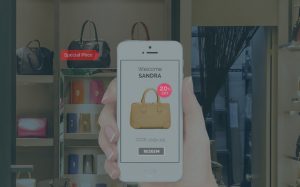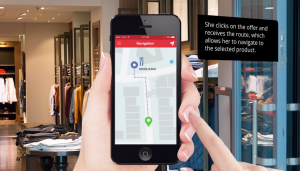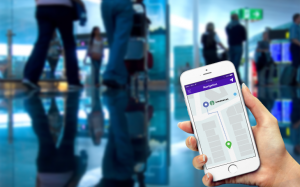Beacons were supposed to be the savior of brick-and-mortar stores in their battle against eCommerce websites. It has been two years since the iBeacon framework was announced, and by now, we also have other competing proximity marketing technologies such as Eddystone and Wi-Fi Aware.
Retailers are not the only ones who can use beacons to sell more. Beacons can be used in museums, public transit, and even in restaurants. Despite the fact that beacons have got a lot of media attention in the last two years, many retailers are still weary of adopting them due to concern over feasibility and cost-benefit analysis.
In this blog post, we will talk how retailers can have a successful beacon marketing program.
1. Stop spamming your consumers
Beacons are a great way to interact with your customers and send them offers. But this doesn’t mean that you should spam them with special offers (that are not so special) every time they are within the range of your store or walking around the store. An overload of messages can cause the customer to uninstall the app, undoing the very foundation of your proximity marketing campaign. Messages based on contextually relevant information and the user’s previous buying experience will result in a much better conversion rate as compared to a mass approach.
2. Focus on the user experience
When retailers are creating the accompanying mobile app for the customers, they need to ensure that the app cannot just be a “hollow” app capable of pushing only “Special Offer” messages, but also capable of providing a seamless user experience. The app should be able to provide product details, store locations, and feedback forms.
3. Know your hardware
There are many beacon manufacturers in the market today and companies need to do their research before deciding on one. Battery consumption rates, beacon range, temperature changes, exposure to rain and snow are some of the challenges that retailers need to be ready for when installing beacons.
Every beacon has firmware that is manufacturer-specific and this influences the battery life of the device. The transmit power and advertising interval can also impact battery life. Retailers should also deploy beacons in locations where they can ensure maximum coverage which considerably decreases the beacon deployment costs.
4. Know your software
Just as there are various beacon hardware makers, there are a number of companies building beacon software. With the entry of Google Eddystone, there are two main platforms now, with the other one being Apple iBeacon. On top of this, app companies are building their own customized solutions that help retailers get maximum value out of beacons.
5. Create a good backend system
Retailers need to know what kind of reports they want, the campaigns that they want to set in the backend, and what kind of mobile app that they want to offer to their customers. It is also not true that retailers have to create a new mobile app for their customers to start using beacons. An existing mobile app can also be upgraded to include the use of beacon-based proximity marketing services.
These are just some of the basic steps that retailers can take to make beacons into useful marketing tools and reach out to consumers. With a proper strategy in place, your beacon campaigns can give you a good ROI and increase your sales.





